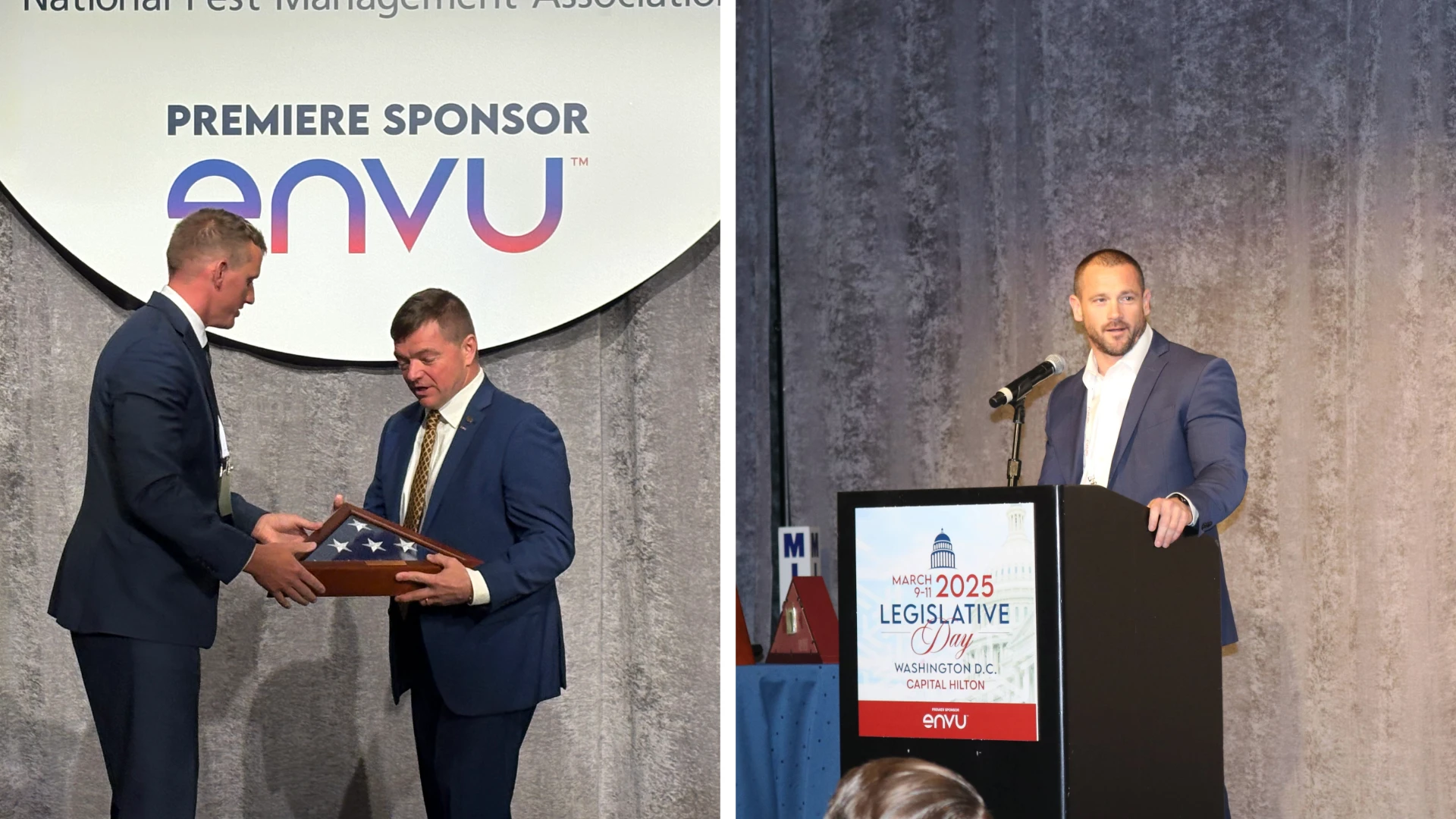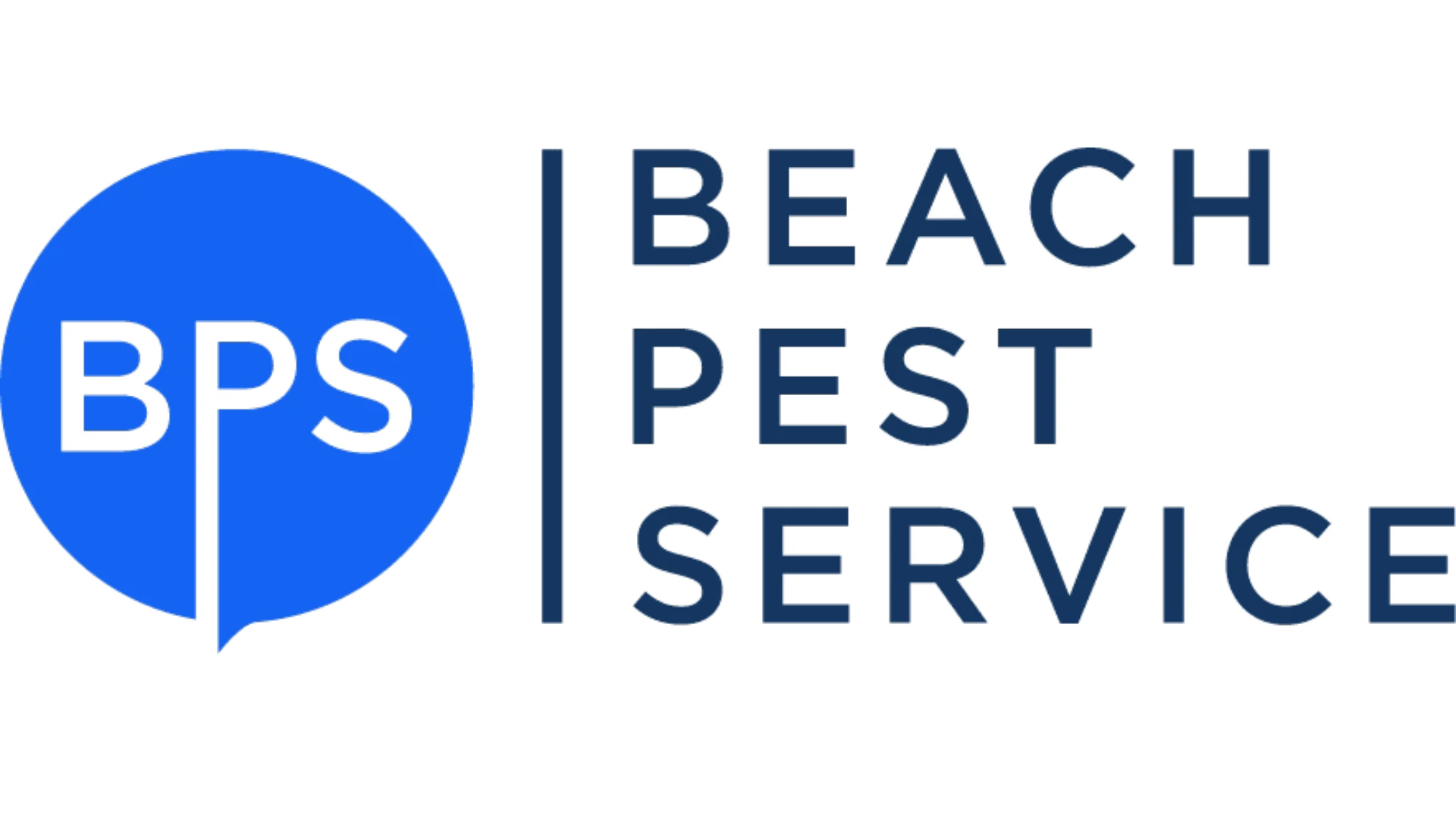Yes, you're right. No need to check your calendars for that extra work day this is not a leap year. Not technically speaking, anyway. But for pest control operators who offer termite control services, there will be some serious "leaps" taking place this year.
Termite season is upon us, and I would venture to say we haven't seen too many significant changes to the business or technology of treating buildings for termites yet. But this year will mark the advent of changes that will shake a few things up, including the concepts for termite control in the future. The termite bait era will officially begin later this year with the incremental, limited launch of DowElanco's Sentricon System. And the introduction of termite bait products by FMC and American Cyanamid is also imminent. Additionally, the registration of Premise termiticide by Bayer (formerly Miles) marks another milestone in new formulations and chemistry for our industry. Also, let's not forget the new changes in the Tim-Bor labels, the increasing interest in foam termiticide applications to soil, and wood application with borates. So things are definitely a-changin'.
Now, I shudder to say this, but let's talk about IPM integrated pest management for termite control. In essence, as with any IPM program, the concept of IPM in termite control has been in existence for many years. The obvious point is that we did not call it that. But the major manufacturers have started to use the term. Nisus and Borax (formerly U.S. Borax) have referenced IPM on their labels since their respective products hit the market. Now DowElanco has it as an integral suggestion on the label for its Sentricon Colony Elimination System. So IPM is in the process of being mainstreamed into another sector the "final frontier" of the pest control industry.
ORIGINS OF TERMITE IPM. The concepts have been outlined in the Approved Reference Procedures of the National Pest Control Association. The ideas outlined by the committee that originally wrote the ARP in 1948 always included mechanical alterations for inhibiting termite infestations. They also emphasized that the PCO consider several things when designing a termite control program. Among them:
• The species of termite. This is becoming more important when we consider the complicated biology of these insects.
• Economics. Considering all the potential costs of treatment, including chemical application, the usual sanitation recommendations, removing wood, stumps, etc.
• Now, when the ARP is re-edited, they may have to include consumer attitudes. This is another "IPM" consideration that molds treatment programs.
• The ARP also requested that PCOs consider the incidence of infestation. The authors of the original ARP were probably referring to the relative abundance of termites in a particular area of the United States. But today, in IPM terms, this may refer to the relative incidence of infestation within the structure. In other words, just how widespread is the infestation?
In any event, we as an industry never really considered these alternatives. We had chemicals that worked and worked well. We still do, and the list has at least one new member Bayer's Premise. In addition, even though some PCOs have looked into and used some of the alternatives to chemical treatments, it is interesting that such treatments as cold and heat not to forget the newest addition, microwaves have been most often referred to as alternatives, not as IPM methods.
Now, we are being urged by manufacturers to consider termite IPM. The new products, baits and borates, encourage the consideration of IPM on their labels. How do we market this concept?
CONTRACTS, LIABILITIES, EDUCATION. We are being told we need to evaluate treatment sites better. We lose a lot of revenue because of retreats or worse, because of termite damage after treat ment. (It doesn't matter that it may be hidden damage; lawyers cost money too.) If a company sticks to soil treatment alone, the re-evaluation of the company's procedures is a must. In this case, the possible addition of equipment such as a foam machine may be a leap for many PCOs this year.
More and more companies offer service contracts on "conventional" termite control. Those contracts need to be looked at carefully. I suggest you contact a contract attorney. Part of the IPM process is education, and we have done a poor job educating customers about termite service warranties. We've also done a poor job, in many cases, educating ourselves about how to write a termite service warranty.
What about the borates? Do you educate your customer on the control to be expected in relation to the type of organism being treated for? I would venture that there are more PCOs doing fungus control with the borates than ever did with any other materials previously available. But are you also taking the next IPM step correcting the reason for the fungus problem? Moisture control is a profit center for many PCOs. And what about baits? The use of this IPM technique in termite treatments will open a lot of profitable doors for some PCOs. Monitoring bait traps and placements will add to the cost of treatments, but will also give us the potential for greater profit if we price it right.
With this new termite IPM concept, customer education will be paramount to the success of your control programs. While you are monitoring traps, either to capture termites or to get them to feed on bait material, how long will the homeowner tolerate this spectacle?
Suppose the homeowner has termites active in the house. Will he/she tolerate three, four, five months or more of additional damage during the trapping and baiting process? How will your contract have to be worded to cover this little contingency?
Maybe you say this isn't a problem. If you do, you must have some extremely patient customers. Remember, we have been training our customers for more than 60 years to expect control now.
The customer education process will have to be thorough. Your technicians and/or salespeople will have to be trained extensively to enable them to provide the customer with answers. Your records will have to be comprehensive and current. This will not happen overnight.
And what about the regulators? We will probably have to provide some guidance for the regulatory community. Regulatory issues abound with termite control. In many states, regulatory groups that used to be concerned only about pesticide misapplication have become consumer protection agencies. They are concerned about what your contracts say, and about how well the consumer is being protected. There have already been questions about baiting and the use of foams. We need to weigh the regulatory perspective for this whole scenario.
THE BOTTOM LINE. It would seem that the IPM trend has finally infiltrated all parts of our industry. The company involved in pest control today will have more personal demands and personnel demands placed on it than ever before. Even if we get a break in regulations from the federal or even the state level, a monster has been created in the effort to show the public and the world how we practice IPM.
Contracting IPM is not a question of service agreements. These are contracts, pure and simple. (Well, maybe not so simple.) When it comes to termite control, the most litigated sector of the pest control industry, we need to be prepared before we leap.
Oh, and by the way, next year is a leap year.
George Rambo is a contributing editor to Pest Control Technology magazine. Readers with comments can contact him at George Rambo Consulting Services, 1004 Van Buren St., Herndon VA 22070, 703/709-6364.

Explore the April 1995 Issue
Check out more from this issue and find your next story to read.
Latest from Pest Control Technology
- Understanding Rodents and Bird Flu
- Green Pest Solutions Awards Safest Driver New 2025 Ford F150
- UF/IFAS Sheds Light on Tiny Invaders During Termite Awareness Week
- Registration Open for Lawn & Landscape Technology Conference
- Fleetio Launches Automotive Service Excellence Scholarship
- WorkWave Appoints John Phelan as CTO
- PMPs Use Capitol Hill Visits to Push for Preemption
- 20 Trapping Tips





